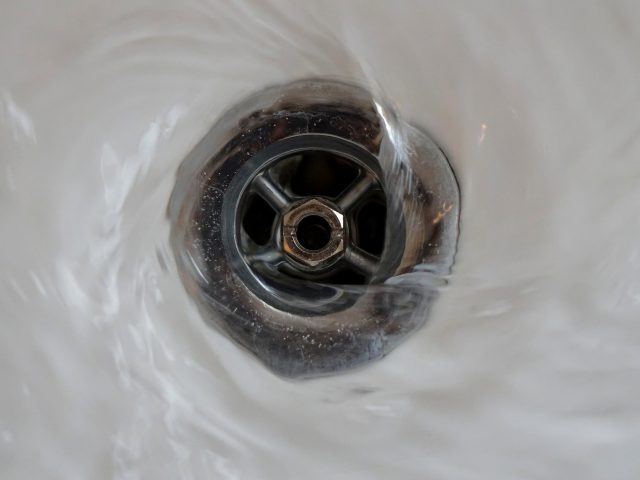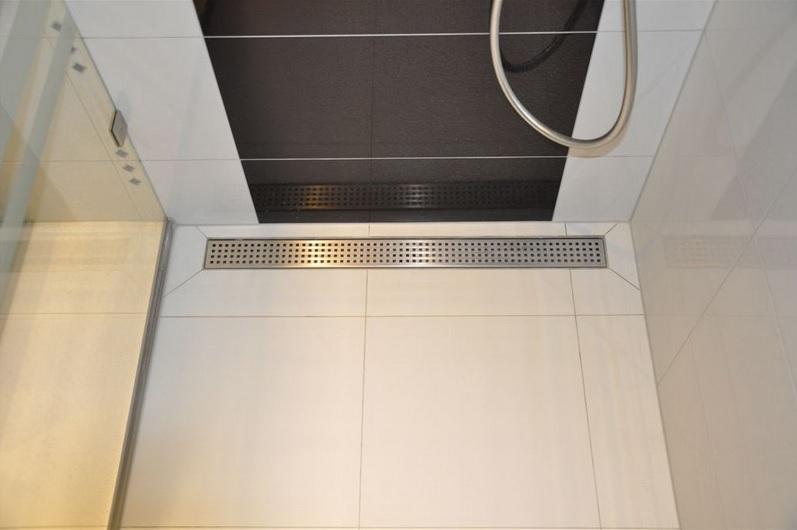How To-Tips for-Step-By-Step Guide on DIY-Do-It-Yourself-Self-Installed Shower Drain-Bathroom Drain-Drainage System Installation-Setup-Project
How To-Tips for-Step-By-Step Guide on DIY-Do-It-Yourself-Self-Installed Shower Drain-Bathroom Drain-Drainage System Installation-Setup-Project
Blog Article
The content following next in relation to How to Install a Shower Drain is quite enjoyable. You should check it out.

Updating a washroom is among the extra popular house enhancement tasks. Handling the plumbing for draining your shower can be exceedingly easy unless you overdo it.
Managing Your Own Shower Drain Setup Job
Whether you are a bath tub or shower person, lots of people look for shower only choices when acquiring a residence. This easy truth indicates greater than a couple of home owners spend a weekend updating or mounting showers in their bathrooms. Fortunately for you, it is a relatively basic procedure.
An enthusiast or frying pan describes the straight surface area situated at the bottom of the shower. The collector generally consists of a non-slip surface slightly banked towards the center or wherever the drain is located. Combined with three to four inch walls around the side, the goal of your shower drainage plumbing is to get the water to flow to and down the drain.
You can physically build a collector for your new shower, but you really require to think of it. Do you actually wish to enter the problems of getting the sloping appropriate, in addition to ensuring every aspect of it is water-proof? And also I indicate every facet! It is much easier to simply acquire a pre-cast collection agency online or at your neighborhood Lowes, House Depot or equipment store. Building one may sound like a terrific idea, yet you will most likely feel differently after a couple of hours.
Regardless of just how you set about getting a pan, you should strive to utilize one that has the drain located in the very same area as the original pan. Relocating the drain pipes can be a job, specifically if the home builder made use of a special framing structure. If you are determined to relocate the drain, you are going to need to cut down the pipe or extend it, which may suggest destroying large portions of the flooring. Put another way, you are mosting likely to be checking out a multiple weekend break project.
Thinking we have our drain aligned, the actual hook up is rather easy. The water drainage pipe need to be dealing with upright as much as the enthusiast. It will usually look like a "U", which suggests it acts as a cleanout to maintain nasty scents from returning up from the drain. To attach the drain, you are mosting likely to create a water limited connection between a drainpipe cap on the top of the pan and also the drainage pipe. Equipments vary, yet you are generally mosting likely to do this by placing a coupling item on the top of the water drainage pipe. This is after that covered with gaskets and actually screwed right into the drain cap. The drainpipe cap should serve as a locknut, to wit, it screws straight onto the coupling.
The difficult part of this procedure is getting your drainpipe cap to match a leak-proof setting in the frying pan. This is accomplished by backing off the drainpipe cap as soon as you are sure whatever meshes. Then, you placed plumbing technicians putty around the bottom of the cap and then screw it back on. The putty should develop a limited seal in between the cap and also the shower pan, which keeps water from dripping under it as well as right into the mounting under the shower.
Obviously, bathroom showers come in a wide range of designs nowadays. If you acquire an enthusiast, they almost always come with plumbing instructions or the store can note anything unusual you ought to understand. It seems intricate, yet is typically rather straight forward. Have fun!
Tips for Installing a Shower Drain Assembly
Renovating a bathroom can be exciting as well as fulfilling if you’re tackling the job DIY-style. After you cross off the bigger decisions such as tile style, paint colors, and fixtures, you’ll need to finalize smaller details – such as the shower drain. In this article, we’re sharing some tips for selecting and installing the right drain assembly for your updated shower.
What is a shower drain assembly?
Shower bases or pans typically only come with a pre-drilled drain hole. Since the pan slopes toward the drain, you should consider the placement – left, center, or right – when designing your shower. You’ll need to purchase and install a shower drain assembly that connects the shower pan to the drain pipe underneath the shower. There are a few types of assemblies, which will be covered below.
Size of a shower drain
When it comes to installing drains, size matters. The recommended pipe size for a shower drain is 2 inches, whereas most tubs use 1.5-inch pipes. Why the difference?
Shower pans are shallower than tubs, so there’s a higher risk for overflow. So, the larger pipe allows for quicker draining. If you are replacing an old tub with a newer stand-up shower, you will need to make additional plumbing adjustments to accommodate the 2-inch pipe.
Types of shower drain assemblies
There are three common types of shower drain assemblies: compression shower drain, solvent-glue shower drain, and tile shower drain. The layout, design, and materials of your shower can determine which type of shower drain assembly will work best.
Compression shower drain
This type of assembly attaches to the drain pipe with compression washers and nuts. The drain fitting is typically installed into the base, and then the base is installed into the bathroom floor. This makes compression-style drains easier to install than other options, particularly if you don’t have easy access from the floor under the shower base. Drains are available in a wide range of materials such as PVC (polyvinyl chloride), ABS (Acrylonitrile Butadiene Styrene), and brass, and can be used for acrylic, fiberglass, and steel shower bases.
Solvent-glued shower drain
Made of either polyvinyl or ABS, this type of shower drain is sealed to the drain pipe with solvent glue and silicone. Since you’ll be working underneath the drain pan, we only recommend using this type of drain if you have access under the shower, such as from a basement or crawlspace. It’s also important that you match the type of plastic of the drain with the drainpipe. If you take these precautions, you can install a solvent-glued drain assembly with acrylic, fiberglass, and steel shower bases.
Tile shower drain –
Drain assemblies for custom tile showers feature a waterproof membrane liner placed between two flanges. The tile is installed on top of the liner, collecting any water that seeps through the porous grout. A metal strainer is installed in line with the tile over the drain.
https://www.epshawaii.com/blog/tips-for-installing-a-shower-drain-assembly/

As a fervent person who reads on How to Choose the Best Drain for Your Shower, I imagined sharing that blog post was worthwhile. So long as you liked our blog posting kindly do not forget to share it. Thanks for your time invested reading it.
Report this page